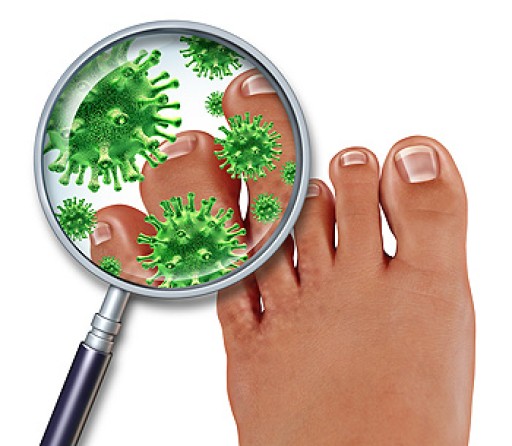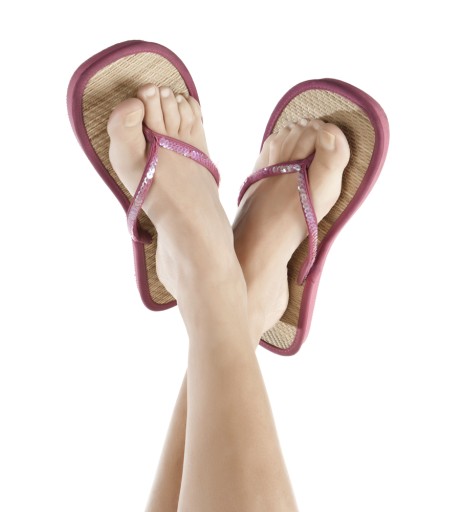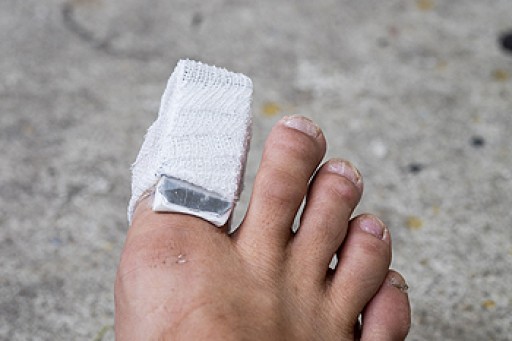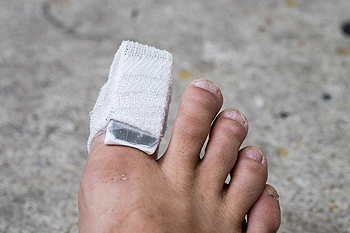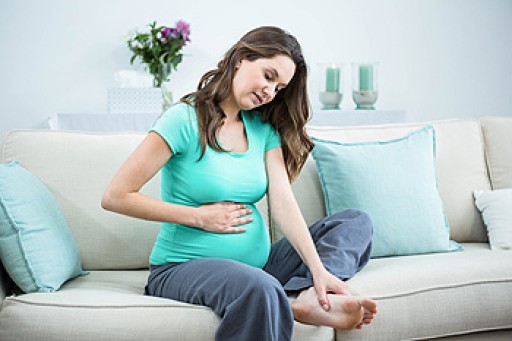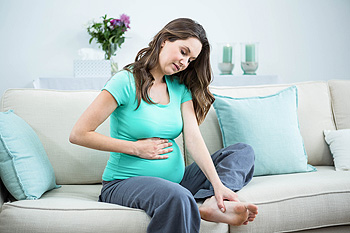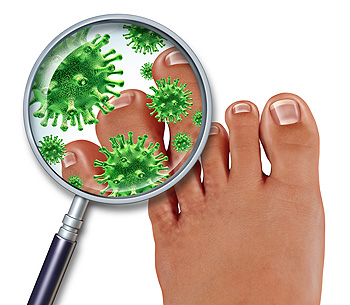 There are several obvious symptoms that are associated with athlete’s foot, including itching, blisters, and cracked skin between the toes. Fortunately, moderate relief can be found with proper treatment. This condition is caused by a fungus, and it often thrives in warm and moist areas such as public pools, showers, and surrounding areas. It is known to be contagious, and it can be prevented by wearing appropriate shoes when visiting these areas. It may be beneficial to wear shoes that allow the feet to breathe in addition to wearing cotton socks that will aid in absorbing sweat. There are several treatment options available and it’s advised to consult with a podiatrist to determine which treatment is best for you.
There are several obvious symptoms that are associated with athlete’s foot, including itching, blisters, and cracked skin between the toes. Fortunately, moderate relief can be found with proper treatment. This condition is caused by a fungus, and it often thrives in warm and moist areas such as public pools, showers, and surrounding areas. It is known to be contagious, and it can be prevented by wearing appropriate shoes when visiting these areas. It may be beneficial to wear shoes that allow the feet to breathe in addition to wearing cotton socks that will aid in absorbing sweat. There are several treatment options available and it’s advised to consult with a podiatrist to determine which treatment is best for you.
Athlete’s foot is an inconvenient condition that can be easily reduced with the proper treatment. If you have any concerns about your feet and ankles, contact one of our podiatrists from Canonsburg Podiatry Associates. Our doctors will treat your foot and ankle needs.
Athlete’s Foot: The Sole Story
Athlete's foot, also known as tinea pedis, can be an extremely contagious foot infection. It is commonly contracted in public changing areas and bathrooms, dormitory style living quarters, around locker rooms and public swimming pools, or anywhere your feet often come into contact with other people.
Solutions to Combat Athlete’s Foot
- Hydrate your feet by using lotion
- Exfoliate
- Buff off nails
- Use of anti-fungal products
- Examine your feet and visit your doctor if any suspicious blisters or cuts develop
Athlete’s foot can cause many irritating symptoms such as dry and flaking skin, itching, and redness. Some more severe symptoms can include bleeding and cracked skin, intense itching and burning, and even pain when walking. In the worst cases, Athlete’s foot can cause blistering as well. Speak to your podiatrist for a better understanding of the different causes of Athlete’s foot, as well as help in determining which treatment options are best for you.
If you have any questions please feel free to contact our office located in Canonsburg and McMurray, PA . We offer the newest diagnostic and treatment technologies for all your foot and ankle needs.
